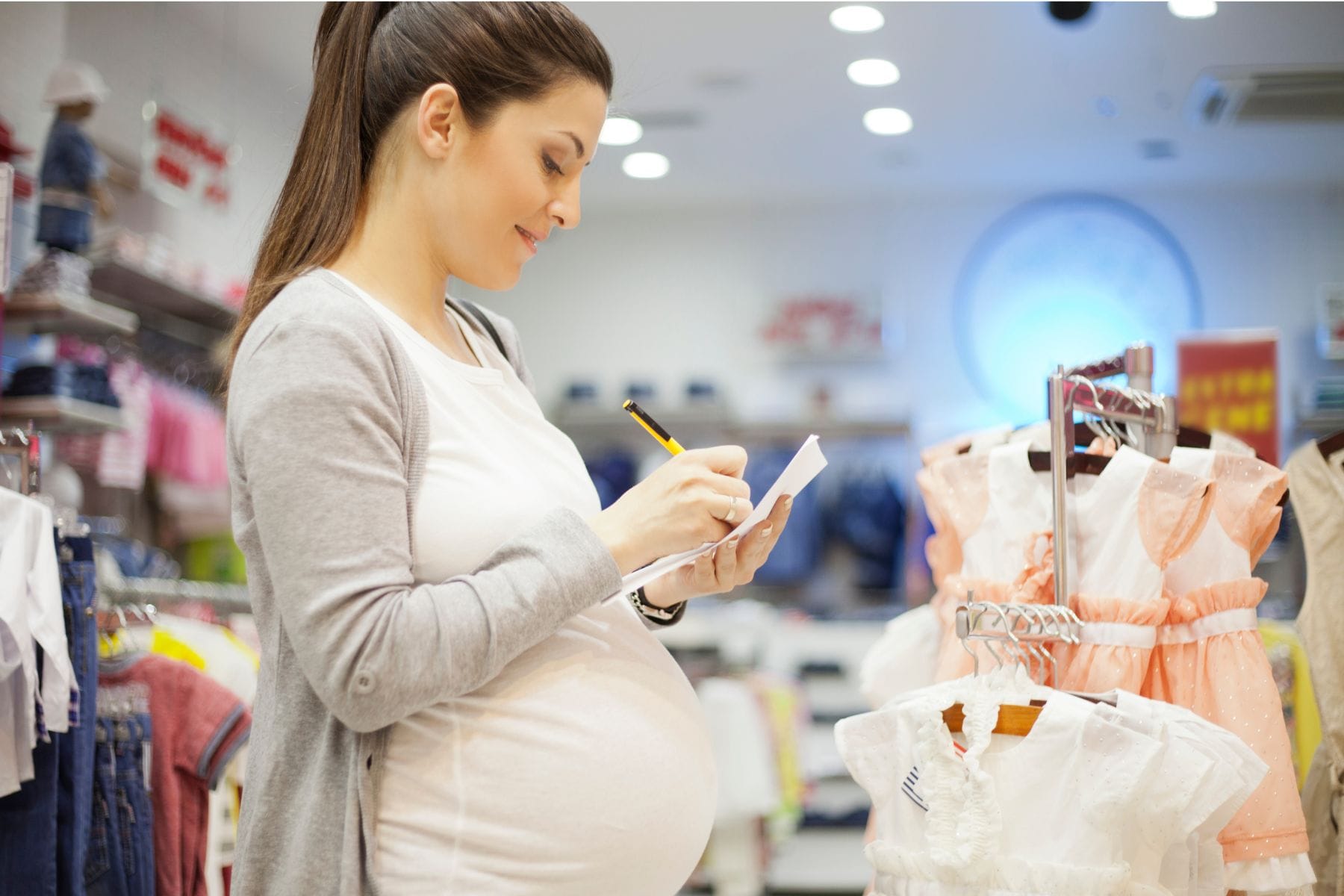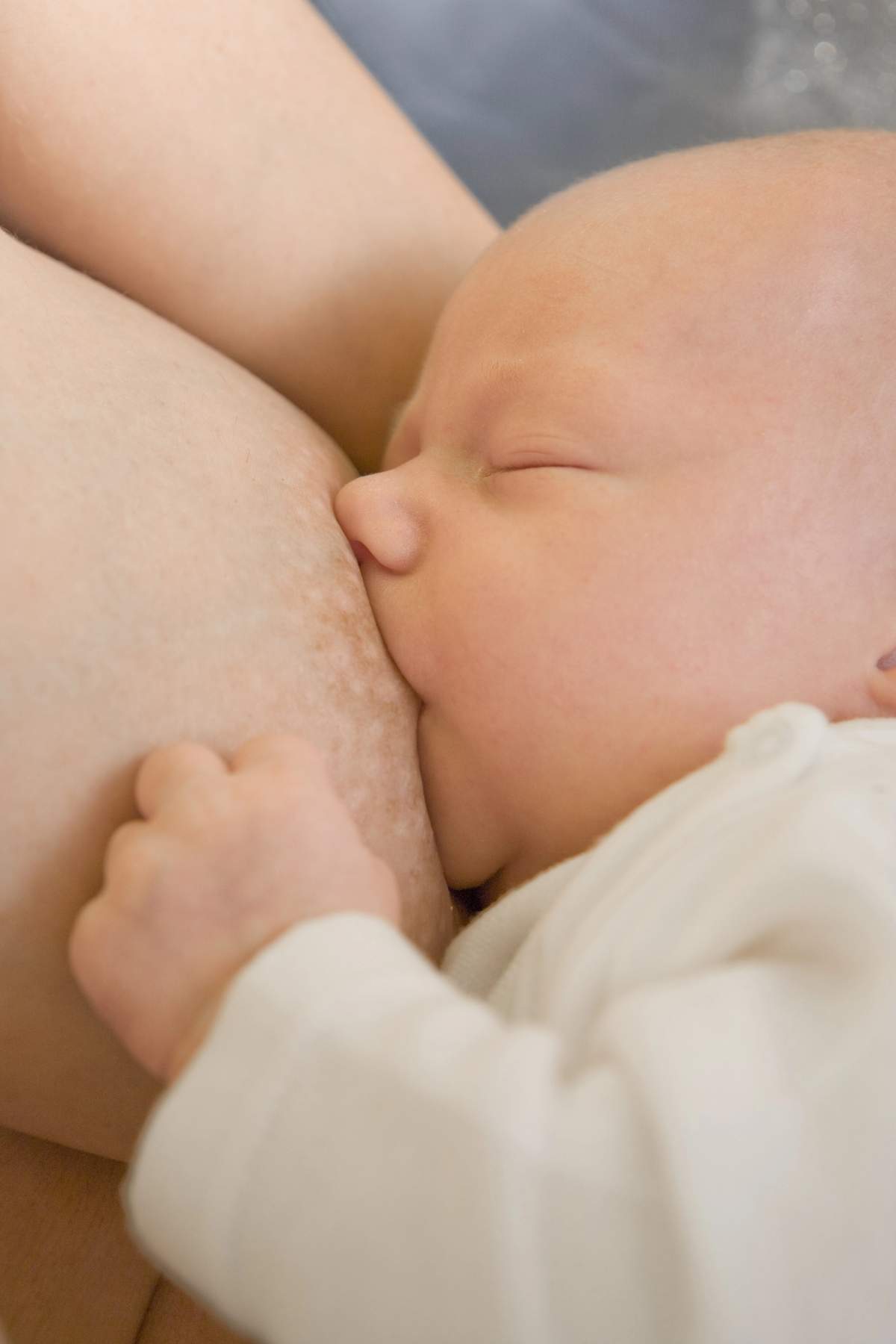The options for breastfeeding positions are endless but there are breastfeeding positions that are better used at different times. The babies in the pictures above are adopting unconventional positions but they look pretty content. In this post I’m going to discuss breastfeeding positions for newborn babies (a baby less than 28 days old). For breastfeeding positions after a caesarean or Breastfeeding Positions In Bed see my separate posts.
The best breastfeeding position for your newborn baby will depend partially on the breastfeeding parents’ anatomy. The best breastfeeding position is usually the one that is most comfortable for you both.
Baby Led Laid Back Breastfeeding

Laid back breastfeeding, often called biological nurturing, was first described by Dr Suzanne Colson.
Despite the name it’s actually one of the easiest positions to breastfeed your baby in.
It can work well for babies of any age but in my experience this is usually an easy breastfeeding position for babies that are at least 3kg (about 6 and half pounds) but, it is worth trying even if your baby is premature as it certainly is possible for them.
When babies are very young this position works well as it takes full advantage of their inborn capabilities to feed and they are often pretty good at getting a deep latch on your breast. Breastfeeding is usually a lot more automatic for your baby than it is for you and parents are often surprised by how capable their brand new baby is.
A laid back breastfeeding position is suitable immediately from birth and can work well as a breastfeeding position after a caesarean as well as after a vaginal birth. If you have had a vaginal birth and are feeling a little tender when placing weight downwards this laid back position is great. It enables you to tip your hips forward and lift your knees thus removing the pressure from your perineum. Alternative, if you have had a c-section this position can work well if you are struggling with maintaining an upright position due to discomfort. Although it may be worthwhile placing a thin blanket across your wound to cushion you if your baby decides to try to position themselves with their feet and pushes against your wound.

The breastfeeding parent needs to be reclined and fully supported. This can be done well in a bed or a large chair or sofa. Full frontal contact of your baby’s body with your chest is a natural position for your baby and often works well for breastfeeding.
Recline yourself back comfortably and place your baby tummy to mummy and skin to skin between your breasts. Your baby should ideally wear just a nappy and your chest is bare with no straps or clothing preventing your baby from making contact with your skin. You can make a loose nest around your baby with your arms.
Babies tend to move better in a forwards direction so you may need to help position your baby lower on your chest. Your baby can use their feet and arms to scoot themselves forward and lift their head to bob across your chest and may self attach to your breast to feed.
There should be no pressure from your hand / arms or pillows / blankets on the back of your baby’s head. Often babies allowed to root with you in this laid back position are able to move towards the breast and self attach deeply to your breast tissue. They will use their hands to guide them so they may feel for your nipples and then bring their hands to their mouth. You can help them find their target by expressing a little colostrum onto your nipple.
For more guidance on a laid back breastfeeding position for your baby then check out my video on YouTube.
Sign up for free tips and advice
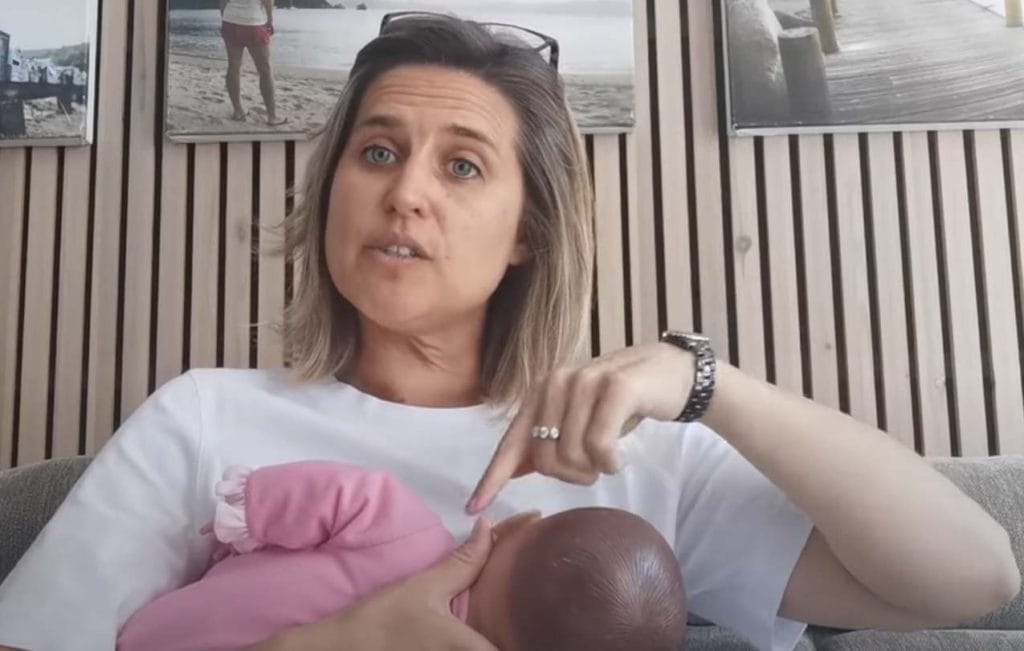
Get my video guide to
breastfeeding positions
Plus
just for signing up
Tell me when your baby is due or when they were born so that I can send you the most relevant tips
Mother Led Breastfeeding Positions
If your baby is not making active attempts to move towards your breast when you are in a laid back position, or if you are choosing to use a mother led position then you will need to help your baby come to your breast. When you feed your baby in an upright mother led position such as a cross cradle or rugby hold your baby is less able to use some of their capabilities to help them attach deeply to your breast. You will therefore need to provide them with additional support.
Cross Cradle Breastfeeding Position

In a cross cradle breastfeeding position for a newborn baby you use the opposite arm to the breast you plan to feed from e.g. feed from your left breast, hold your baby with your right arm and hand. Do not be afraid of holding your baby firmly. They have been used to a tight hold whilst growing in your womb.
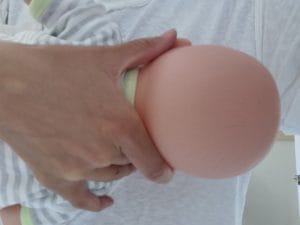
Hold them close with their chin touching your breast and positioned nose to nipple. The heel of your hand can be placed between their shoulder blades and your hand spread so your thumb and index finger stretch from ear to ear.
Often parents worry about supporting their babies head and are inclinced to place more of their hand onto their baby’s head. Almost all babies do not like this and will be less likely to try to feed should you place your fingers or hand across their head.
If you find your baby’s arms are getting in the way then I would encourage you to hold them closer or to recline yourself a little to allow gravity to bring them towards you.
Your baby should be held so their head, shoulder and hips are all in line, facing the same direction. It will not be comfortable for them to feed if their tummy is pointing towards the ceiling and their head is turned over their shoulder towards your breast. I encourage you to turn your head to look over one of your shoulders and try to swallow. This is likely to be most uncomfortable for you.
When your baby opens their mouth, in response to the stimulation of your nipple just below their nose, you will need to bring them swiftly forwards onto your breast. This allows your baby to take a large mouthful of breast tissue into their mouth. Do not be afraid of hurting them when you quickly bring them forward. Your breast tissue will be soft. Ideally their neck will remain extended and their nose will not be pressed into your breast tissue. If this is not the case you can hold them a little closer to you at their hips which should allow their neck to extend slightly. In some cases if you have very large breasts you may choose to very lightly press on your breast above your baby’s nose to ensure it is clear. Alternatively a rugby hold position may be more suitable if you have larger breasts.
You can maintain this cross cradle breastfeeding position through the feed or if you prefer you can bring your other arm around to cradle your baby. Once they are well latched to your breast you no longer need to provide the same support to their head that was needed to initially latch your baby to your breast.
Rugby Hold Breastfeeding Position
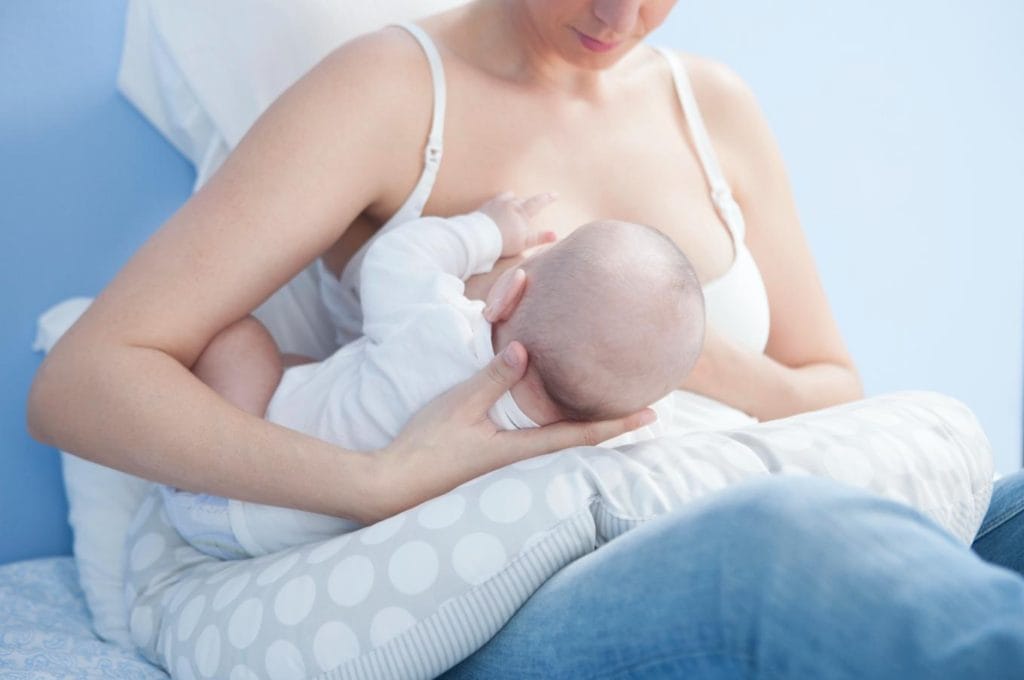
A rugby hold breastfeeding position is also a good breastfeeding position for your newborn, especially if you have larger breasts. In this position you will need to support your baby on a pillow under your arm. You may also need pillows behind your back to bring you forward from the bed or chair.
As with a cross cradle breastfeeding position you need to hold your baby close with the heel of your hand between their shoulder blades and you index finger and thumb spread ear to ear. Their chin should be touching your breast and they should be held nose to nipple. In this position you are waiting for them to open the mouth wide and you will then bring them forward swiftly to allow them to take a large mouthful of breast.
Side Lying Breastfeeding Position

A side lying breastfeeding position works well for feeding a newborn baby and can be an excellent breastfeeding position in bed. For this position lay on your side on a firm flat surface and place your baby on their side facing you.
Often when learning this position mothers will position their babies too high on the bed so be mindful of that. Again your baby needs to be able to tip their head back in order to latch so you need to place them nose to nipple with their neck extended.
In this side lying breastfeeding position you do less to support your baby, but many mothers will use a hand on their baby’s back to bring them gently forward when they gape their mouth. It can also be helpful for them to maintain this support through this feed.
The Right Breastfeeding Position
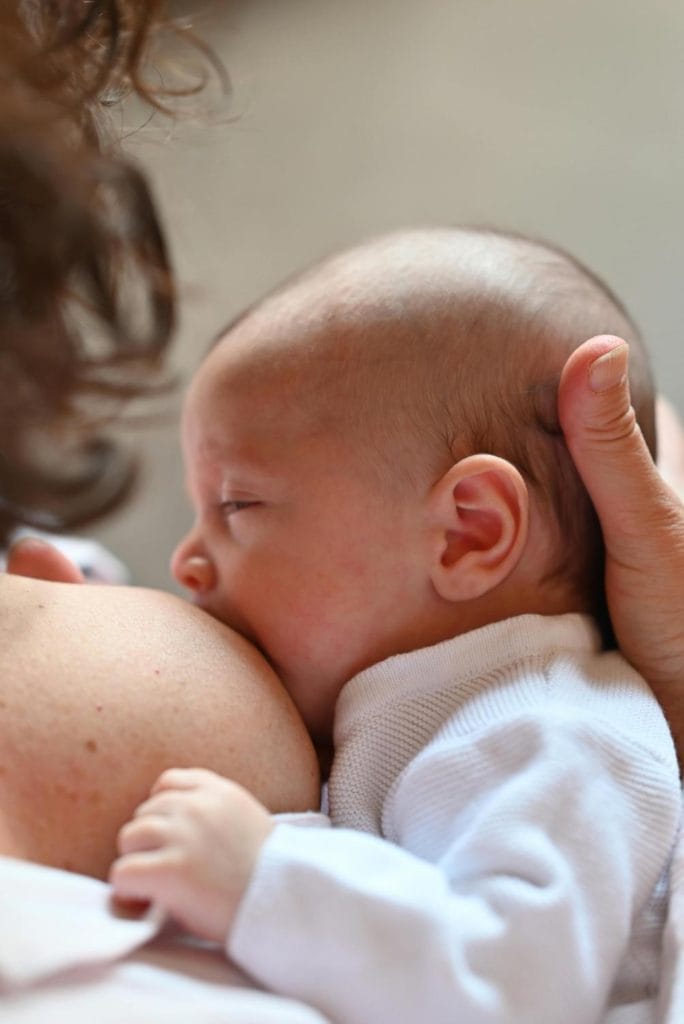
The right breastfeeding position should always be a position that is comfortable for you and your baby. There are endless positions that you can try for feeding your baby and you may find as they get older they become rather inventive in finding that perfect position.
I encourage you to try a variety of positions for breastfeeding your newborn baby whilst under the care of the midwives and health professionals.
Enjoy your feeding journey and if you need help then please reach out to me.

